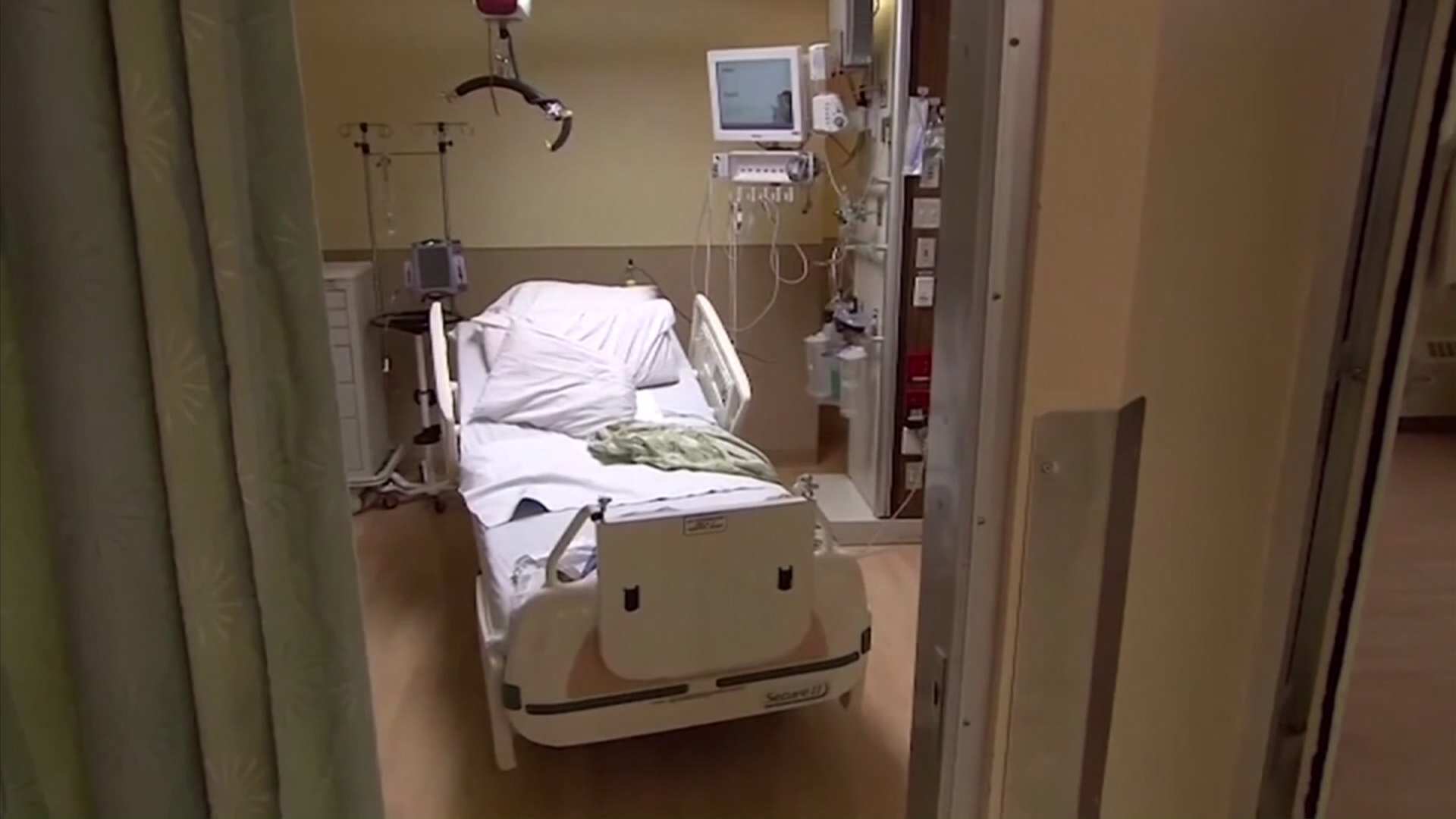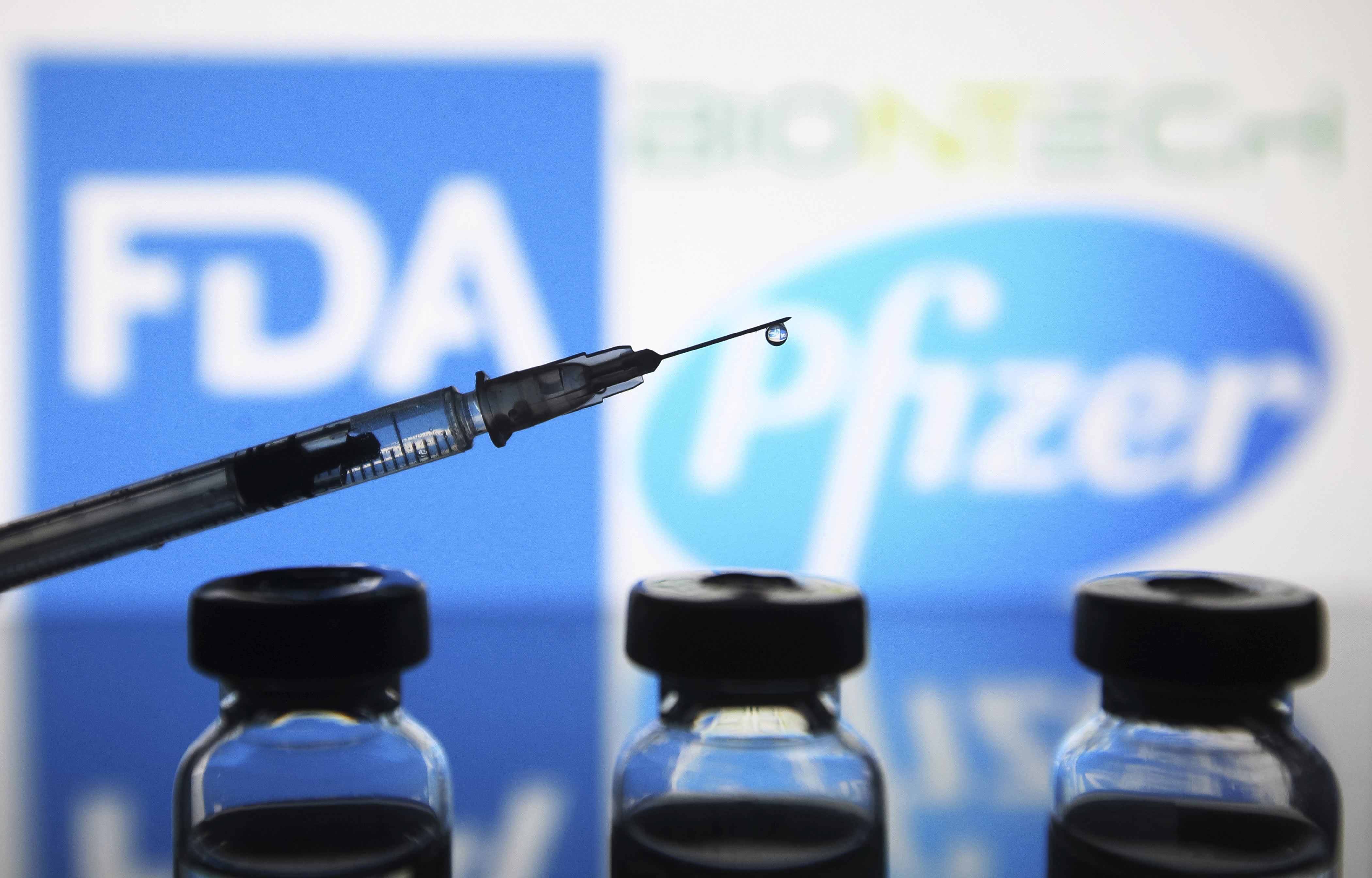Los Angeles County Department of Public Health officials reported 11,476 new cases of COVID-19 and 70 more deaths Saturday.
To date, health officials have reported 512,872 positive cases of COVID-19 across all areas of the county and a total of 8,269 deaths.
A statement from the health department said, “Our daily case numbers are unlike any we have ever seen in our county and reflect extraordinarily high rates of community transmission; activities we were able to do just a few weeks back, now present far too much risk for virus transmission.”
It's been a record-shattering week by all key Public Health indicators. A month ago, the 5-day average of cases was 2,134, on Saturday it was 10,034 -- an increase of 370%. The 5-day average of deaths one month ago, was 12; it is now 62. During that same span of time, hospitalizations increased by more than 300% -- there are now 3,850 COVID-19 patients hospitalized countywide, and 22% of them are in the ICU.
“We're in uncharted territory at this point,” county Public Health Director Barbara Ferrer said. “We're seeing daily numbers of cases and hospitalizations that we've not experienced and frankly did not anticipate. Our intensive care unit capacity continues to drop. We're on a very dangerous track to seeing unprecedented and catastrophic suffering and death here in L.A. County if we can't stop the surge. And in order to stop this very dangerous surge, today I'm making a request to everyone in L.A. County to stay home as much as possible.”
Ferrer said if current trends continue, the number of coronavirus patients hospitalized and in intensive care will double in two weeks. According to the county Department of Public Health website, the county as of Thursday had 606 non-specialized adult hospital beds available, and 71 adult ICU beds.
For the week that ended last Saturday, the county averaged 658 confirmed or suspected COVID-19 patients in ICU beds each day, along with 1,483 ICU patients being treated for non-COVID reasons, leaving a daily average of 96 available/staffed beds.
Ferrer said cases were already trending upward in the county prior to Thanksgiving, prompting the county to cut off outdoor dining at restaurants, but the current dramatic surge in cases is directly attributable to gatherings and travel that occurred over the holiday in spite of public health warnings, creating a surge on top of a surge.
And if another surge from Christmas compounds matters, the situation at hospitals “could become catastrophic,” she said.
Dwindling ICU capacity prompted the state this week to impose a regional stay at home order for the 11-county Southern California region. The order was triggered when overall ICU capacity dropped below 15%. As of last Saturday, the state's estimated ICU capacity for the region -- adjusted based on the percentage of current COVID-19 versus non-COVID ICU patients -- dropped to 5.3%.
The state's regional stay-at-home order -- which covers Los Angeles, Orange, Riverside, San Diego, Imperial, Inyo, Mono, San Bernardino, San Luis Obispo, Santa Barbara and Ventura counties -- bars gatherings of people from different households.
Under the order, the following businesses/recreational facilities were forced to close:
-- indoor recreational facilities;
-- hair salons and barbershops;
-- personal care services;
-- museums, zoos, and aquariums;
-- movie theaters;
-- wineries;
-- bars, breweries and distilleries;
-- family entertainment centers;
-- card rooms and satellite wagering;
-- limited services;
-- live audience sports; and
-- amusement parks.
Schools with waivers can remain open, along with “critical infrastructure” and retail stores, which will be limited to 20% of capacity. Restaurants are restricted to takeout and delivery service only. Hotels are allowed to open “for critical infrastructure support only,” while churches would be restricted to outdoor only services. Entertainment production -- including professional sports -- would be allowed to continue without live audiences.
The order will remain in effect until at least Dec. 28.
Ferrer warned that residents need to adhere to health restrictions, or the situation at hospitals will devolve rapidly.
“Many of us have seen images from other cities and countries of overrun hospitals, exhausted health care workers and critically ill patients being treated in hospital hallways because there are simply no rooms left,” she said. “This is what we're working so hard to desperately avoid.”
But she said given the issues with staffing, an extended surge will make it “really hard to keep up with this level of demand without there being the need for there to be additional difficult decisions made by our hospitals around prioritizing some procedures over others.”
“It can unfortunately end up with compromises in care that none of us ever want to experience,” she said. “And we don't have to. We're not there yet. The question is can we stop the surge.”



